Table of Contents
- The Science Behind Dance Therapy
- Mindfulness in Movement
- Connection and Social Support
- Release of Tension
- Empowerment and Confidence Building
Discover the power of dance as a tool for managing stress and anxiety in your life.
The Science Behind Dance Therapy
Dance therapy is a form of expressive therapy that uses movement and dance to promote emotional, social, cognitive, and physical integration. It is based on the principle that the body and mind are interconnected, and that by engaging in dance, we can tap into our emotions and release tension. Research has shown that dance therapy can be effective in reducing stress and anxiety.
One of the ways dance therapy helps manage stress and anxiety is by stimulating the production of endorphins, which are chemicals in the brain that act as natural painkillers and mood elevators. When we engage in dance, our bodies release these feel-good hormones, helping us feel more relaxed and happy.
In addition, dance therapy also activates the parasympathetic nervous system, which is responsible for promoting rest and relaxation. This can help counteract the effects of the sympathetic nervous system, which is responsible for the body’s stress response. By activating the parasympathetic nervous system through dance, we can induce a state of calm and reduce anxiety.
Mindfulness in Movement
Mindfulness is the practice of bringing one’s attention to the present moment and fully experiencing it without judgment. When we engage in dance, we have the opportunity to practice mindfulness in movement. By focusing on our body’s sensations, movements, and the rhythm of the music, we can bring our mind into the present moment and let go of worries and stress.
Dance also provides a unique opportunity to become more in tune with our bodies. As we move and express ourselves through dance, we become more aware of our physical sensations and emotions. This heightened body awareness can help us identify and release tension, as well as recognize and address any physical or emotional discomfort that may contribute to stress and anxiety.
Connection and Social Support
Dance is often a social activity that brings people together. Whether it’s dancing with a partner or in a group setting, the connection and social support that dance provides can be beneficial for managing stress and anxiety.
When we dance with others, we experience a sense of belonging and connection. This can help reduce feelings of loneliness and isolation, which are common triggers for stress and anxiety. Dance also promotes social interaction and communication, allowing us to build and strengthen relationships with others who have similar interests.
Furthermore, the support and encouragement we receive from others during dance can boost our self-confidence and self-esteem. Knowing that we are part of a community that values and appreciates our dance skills can help alleviate anxiety and increase feelings of empowerment.
Release of Tension
Dance is a powerful way to release tension and pent-up emotions. When we dance, we can express ourselves freely through movement, allowing us to let go of stress and anxiety.
The physicality of dance helps release muscle tension and promotes relaxation. As we move our bodies, we engage different muscle groups, increasing blood flow and oxygenation, which can reduce muscle stiffness and tension caused by stress.
In addition, dance allows us to release emotional tension. Through movement and expression, we can channel and release emotions such as anger, sadness, and frustration. This emotional release can provide a sense of catharsis and relief, helping us manage and cope with stress and anxiety.
Empowerment and Confidence Building
Engaging in dance can be empowering and boost our self-confidence. As we learn and master new dance moves, we develop a sense of achievement and competence, which can enhance our self-esteem and self-worth.
Dance also encourages us to step out of our comfort zones and overcome any self-doubt or fear of judgment. By pushing ourselves to try new dance styles or perform in front of others, we build resilience and confidence in our abilities.
Furthermore, dance provides a platform for self-expression and creativity, allowing us to showcase our unique personalities and emotions. This self-expression can be empowering and liberating, helping us develop a positive body image and a stronger sense of self.







